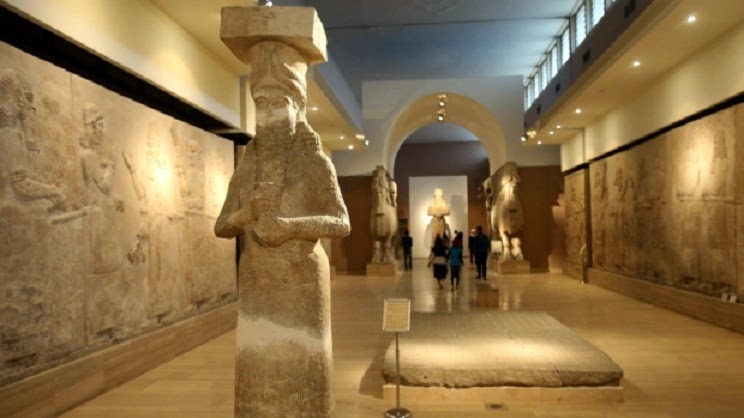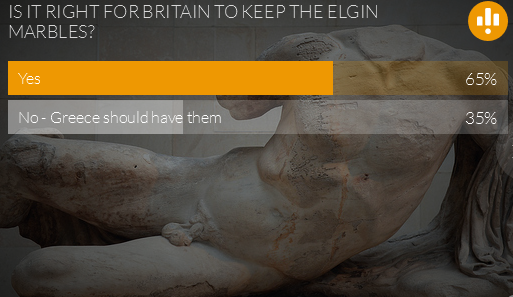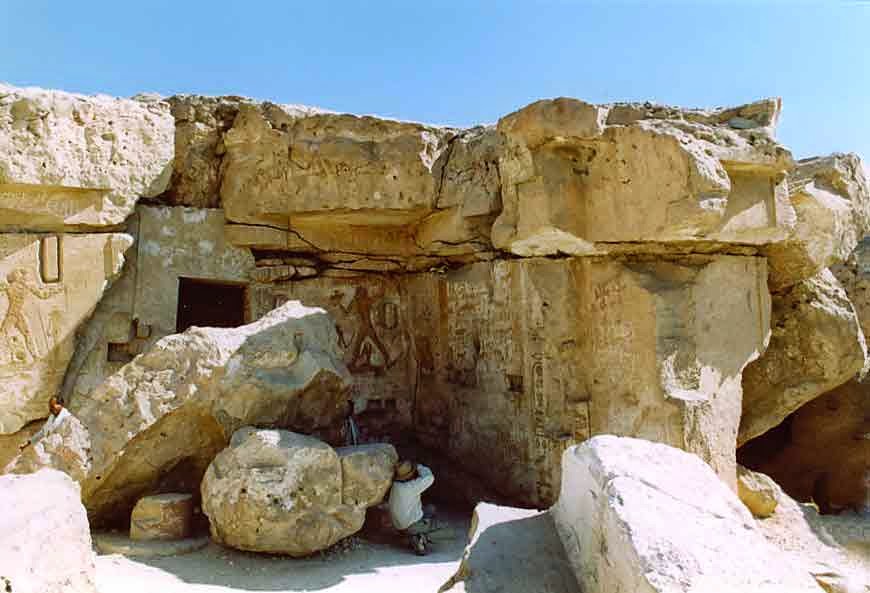Sew La Ti Embroidery [Search results for Middle East]
Near East: ISIS sets eyes on Syrian site of Palmyra

Iraq: Iraq says ISIS demolishes ruins to cover up looting

Middle East: UN nations agree to action to save Iraqi cultural sites

Near East: UNESCO to monitor ancient sites by satellite

Near East: Islamic State blows up two mausoleums in Palmyra

Near East: Triumphal arch of ancient city to return to former glory

Middle East: Saudi airstrike hits Yemen World Heritage site

Middle East: UNESCO calls for protection of Yemen’s cultural heritage

Middle East: Interpol steps up search for artefacts looted by ISIS

President and PM dish up burgers at 'Obama-Q' honouring American and British veterans

More Stuff: Telegraph: Greece has no legal claim to the Elgin Marbles

The Prince and the President: William greets Obama and Michelle at the Palace as tanned Kate takes to Royal duties like a natural

Near East: Islamic State in control of Palmyra ruins
Heritage: Egyptian tomb falls victim to looters

Heritage: More on Egyptian tomb falls victim to looters

America's deadliest tornado for 64 years: Terrifying twister cuts six-mile swathe through a Missouri town, leaving up to 116 dead
Near East: Historic castle in southeast Turkey to be restored

Heritage: Egyptian mummy found at French dump to go on display

Near East: Egypt recovers ancient artefacts smuggled to US


